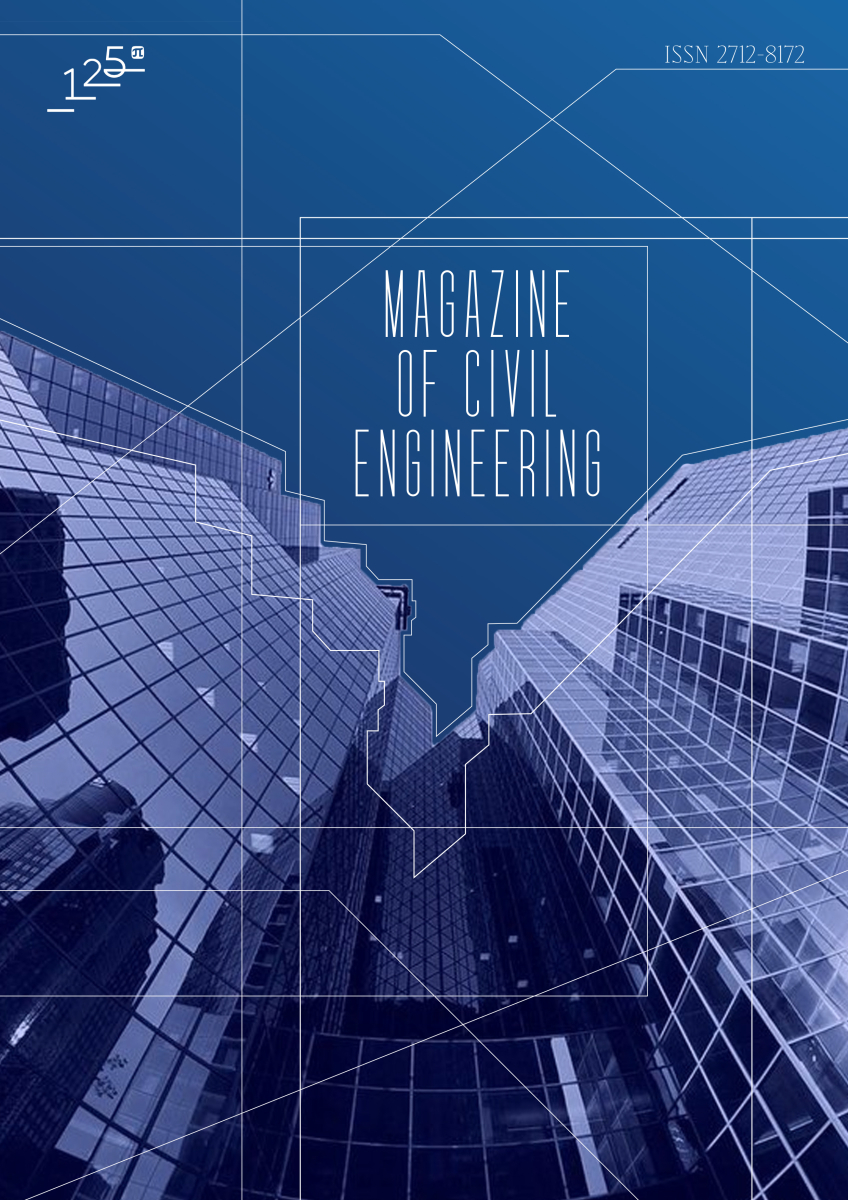Protective coatings of building structures and pipelines for operation in the Arctic
The article is devoted to the study of the efficiency of using insulating (protective) coatings of building structures and pipeline transport for their reliable and trouble-free operation in extreme conditions of the Arctic zone. Innovative construction and composite materials – rubber concrete and rubber mastic, which have a combination of high physical, mechanical, and operational characteristics, are proposed to be used as protective coatings. A mandatory condition for the structure formation of rubber concrete and rubber mastic with the formation of a durable and corrosion-resistant protective layer is the dosed introduction of thermal energy into the composite material during an experimentally established period of time, which ensures the production of a protective coating with high specified properties. To establish rational technological modes of structure formation of the rubber-containing protective layer, experimental studies were carried out to optimize the temperature and time modes of introducing thermal energy into the composite material of the protective coating. Optimization of the technological modes of forming a protective coating from rubber concrete for reinforced concrete building structures was carried out on a developed and manufactured experimental heat-generating stand with a working element in the form of an uninsulated metal wire. Optimization of technological modes of formation of protective coating from rubber mastic for pipe metal was carried out on an experimental stand using induction heating. It was proposed to use a number of industrial wastes (fly ash, rubber crumb, etc.) as a filler in rubber concrete and in rubber mastic. A comparative analysis of the characteristics of the protective coating of pipe metal based on rubber mastic with the characteristics of the currently widely used multilayer polyethylene coating was carried out. The competitive advantages of rubber-containing protective coating of pipe metal are determined.


